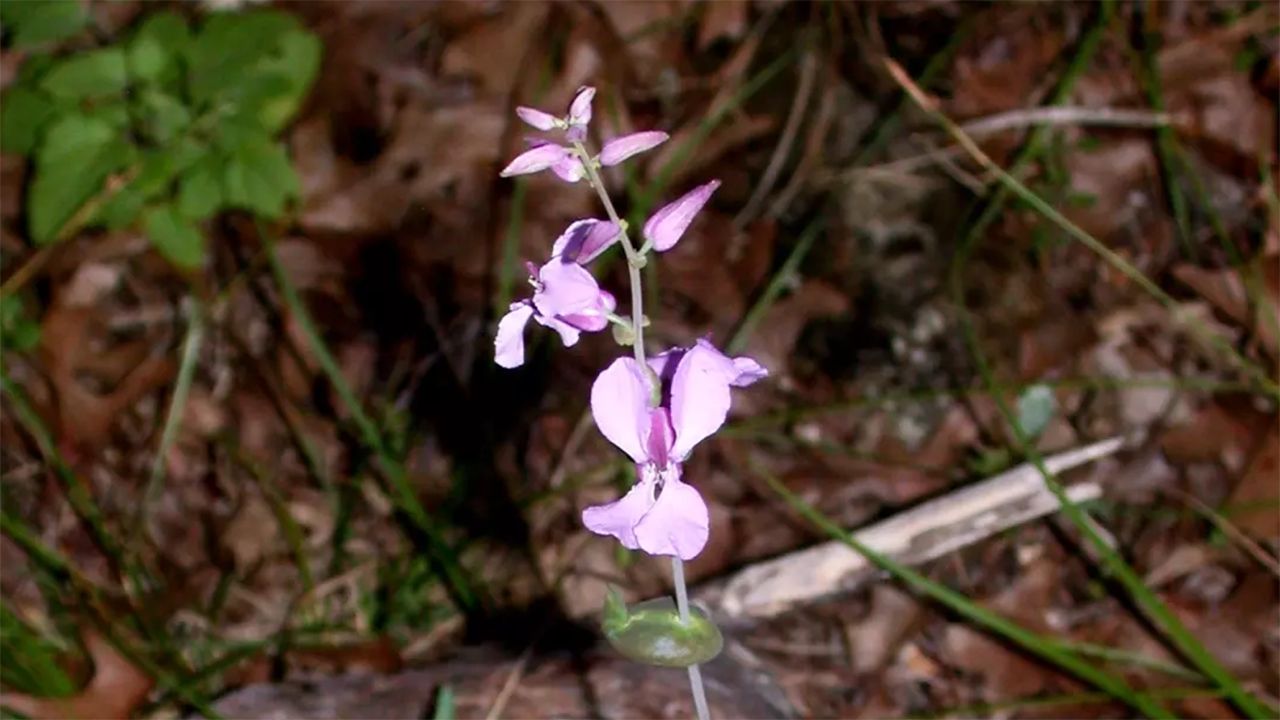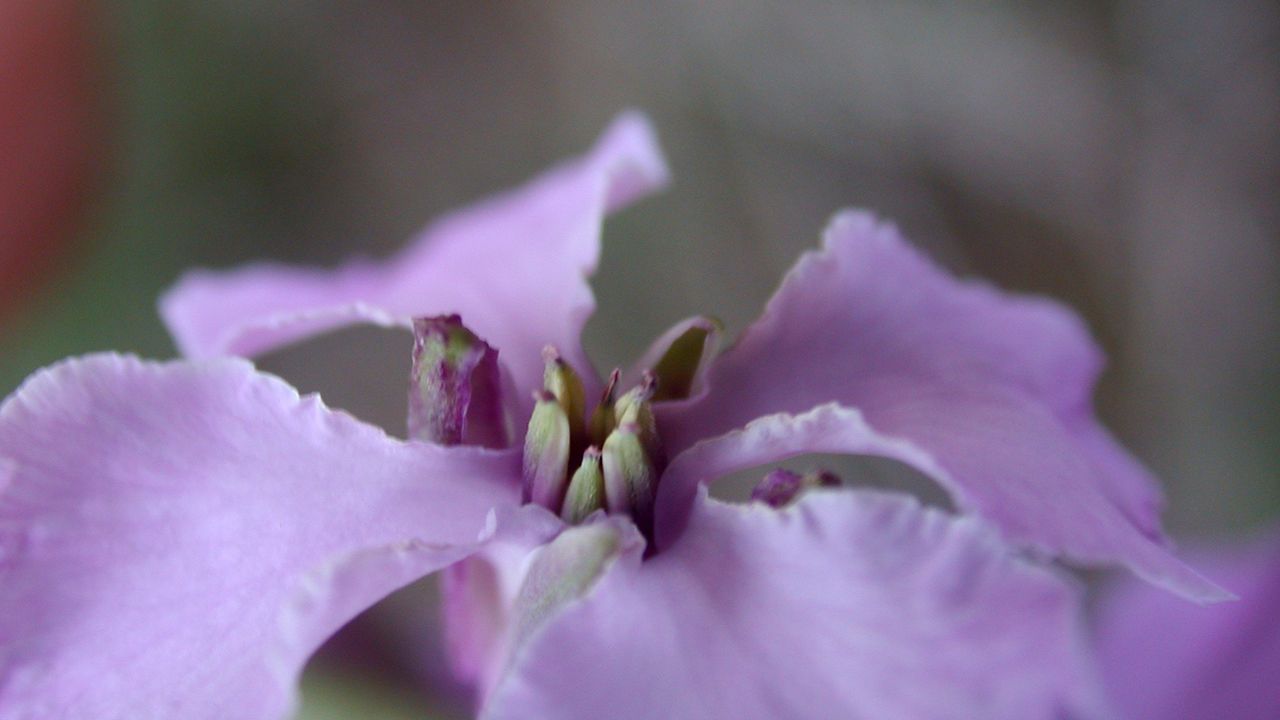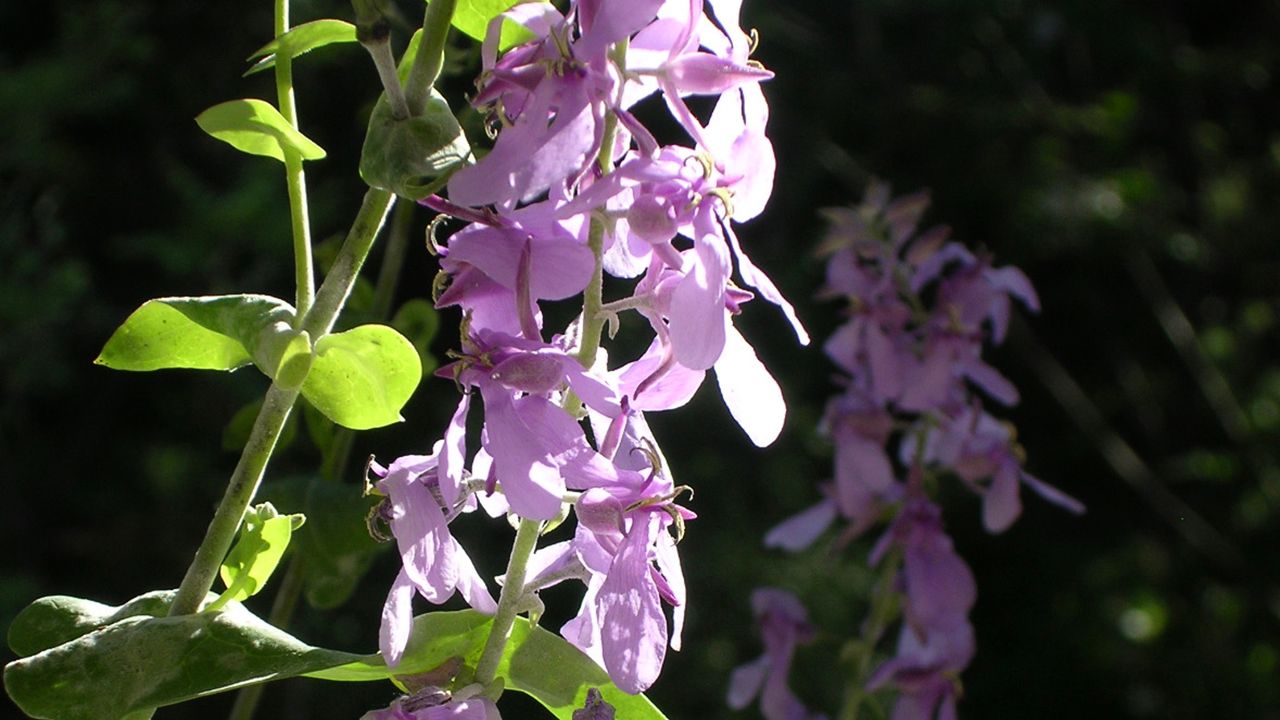In recent years, the Lone Star State has experienced exponential growth. Urbanization is in full effect, and this has negatively affected some native species of plants and animals alike.
The explosive growth of Texas cities alongside other environmental factors has caused one species of Texas wildflower to be added to the growing list of endangered species.
Beginning next month, the bracted twistflower will be protected under the Endangered Species Act.

The bracted twistflower is characterized by its bright, fuchsia petals and impressive height. This flower species can grow to be four feet tall.
Much like the notorious bluebonnet, the timeframe to enjoy this species of flower each year is quite small. The seeds undergo germination in the fall, begin to bud in the winter (weather-permitting) and are at their most beautiful during spring.
The species is native to Central Texas, with the highest populations found within the Edwards Plateau. This region alone supplies a particular type of soil that helps these flowers thrive.
Bracted twistflowers also do well under a mix of sun and shade. In order to fulfill their need for shade, bracted twistflowers grow alongside familiar species of trees, including Ashe juniper, oak and laurel.
Unfortunately, flower populations have seen a dramatic decrease in recent years.

Being declared an endangered species is never a good thing. So, what is causing this flower to disappear?
The primary factor is urbanization. Central Texas has experienced explosive growth in recent years, and development along I-35 between Austin and San Antonio has diminished a large amount of bracted twistflowers' natural habitat.
However, this is not the sole factor working against them.
Much like the population of out-of-state transplants, Central Texas's deer population has also seen significant growth within the last few years.
According to the U.S. Fish and Wildlife Service (USFWS), deer species have developed a habit of grazing on bracted twistflowers. This has been another disadvantage to the already decreasing population of flowers.

Before we explore how this species might recover in the future, it is important to understand what constitutes an endangered species and what actions are taken in order to protect them.
The National Wildlife Federation explains that a species is deemed endangered if it is likely to become extinct in the near future.
The 1973 Endangered Species Act (ESA) ensured that protected habitats would be designated for these species of plants and animals in order to help their populations recover.
With the bracted twistflower, more than 1,500 acres of land across Travis, Bexar, Uvalde and Medina counties has been declared as "critical habitat" for this species. But will the population recover?
So far, it looks promising. The USFWS stated in a press release that the population may see growth within a couple of decades.
There are also certain characteristics of the species that may work to its own advantage. The flower's seeds can lie dormant in the soil for years at a time. Mass germination can take place every five to ten years, which would match up with the timeline mentioned by the USFWS.
For now, if you see a bracted twistflower, enjoy it from afar!
Our team of meteorologists dives deep into the science of weather and breaks down timely weather data and information. To view more weather and climate stories, check out our weather blogs section.



